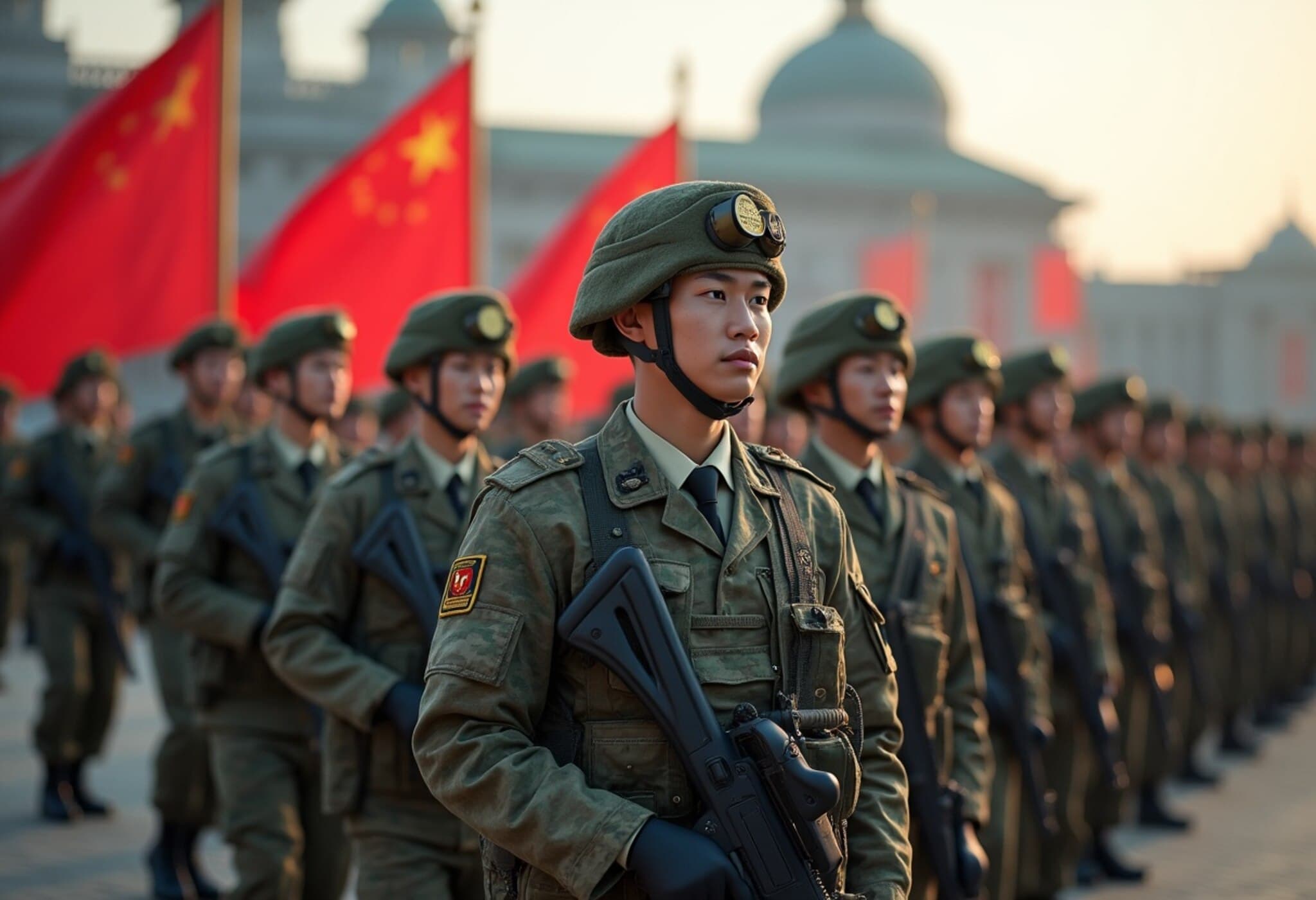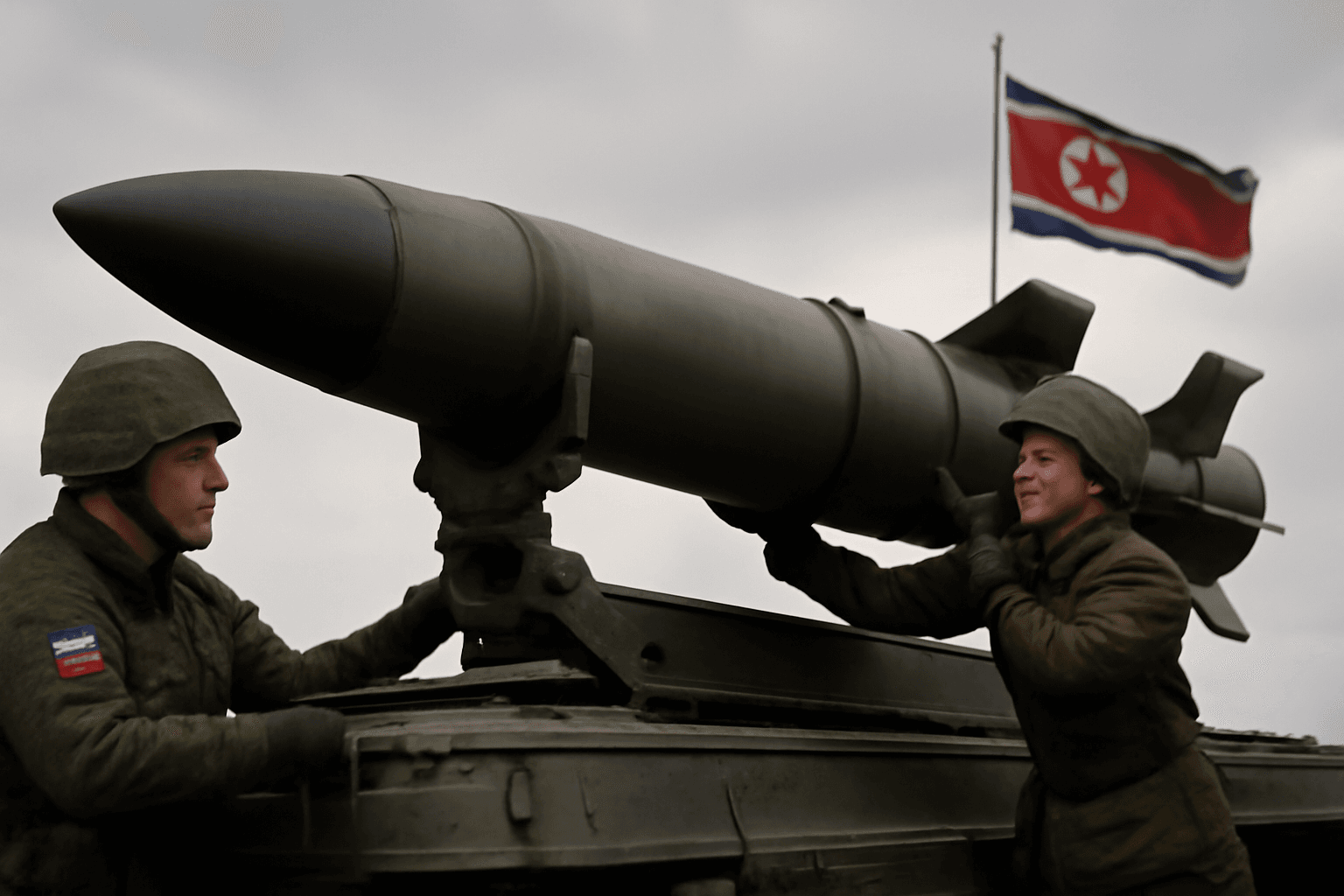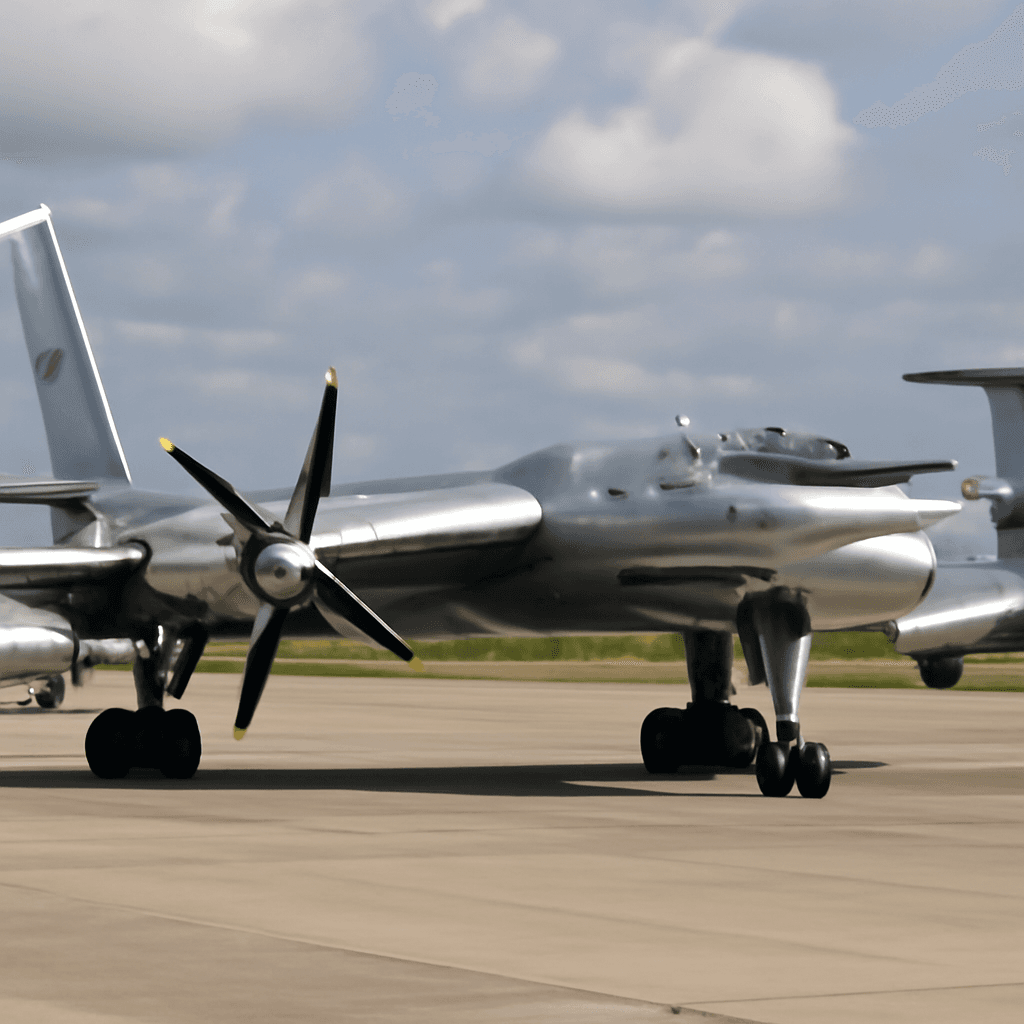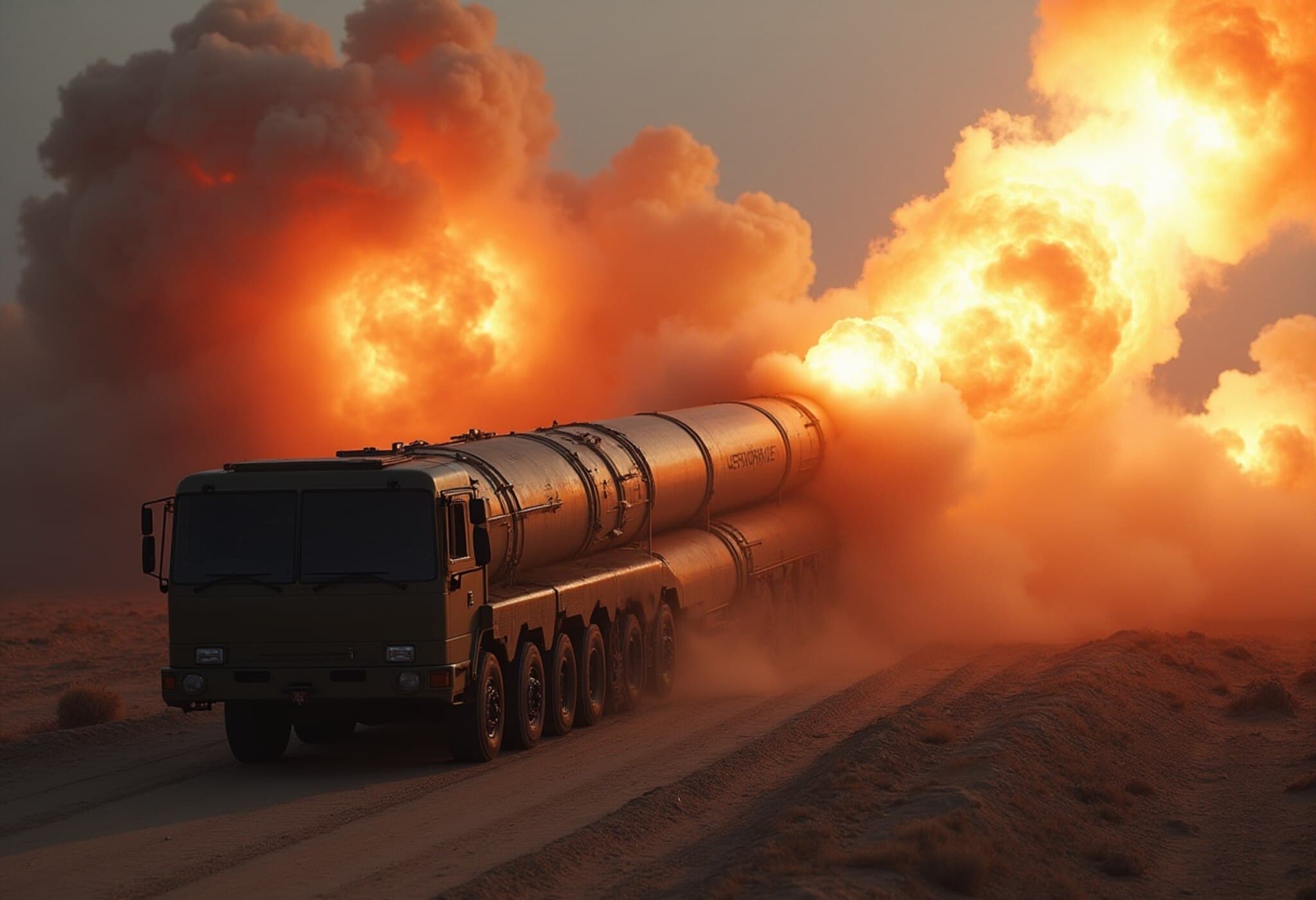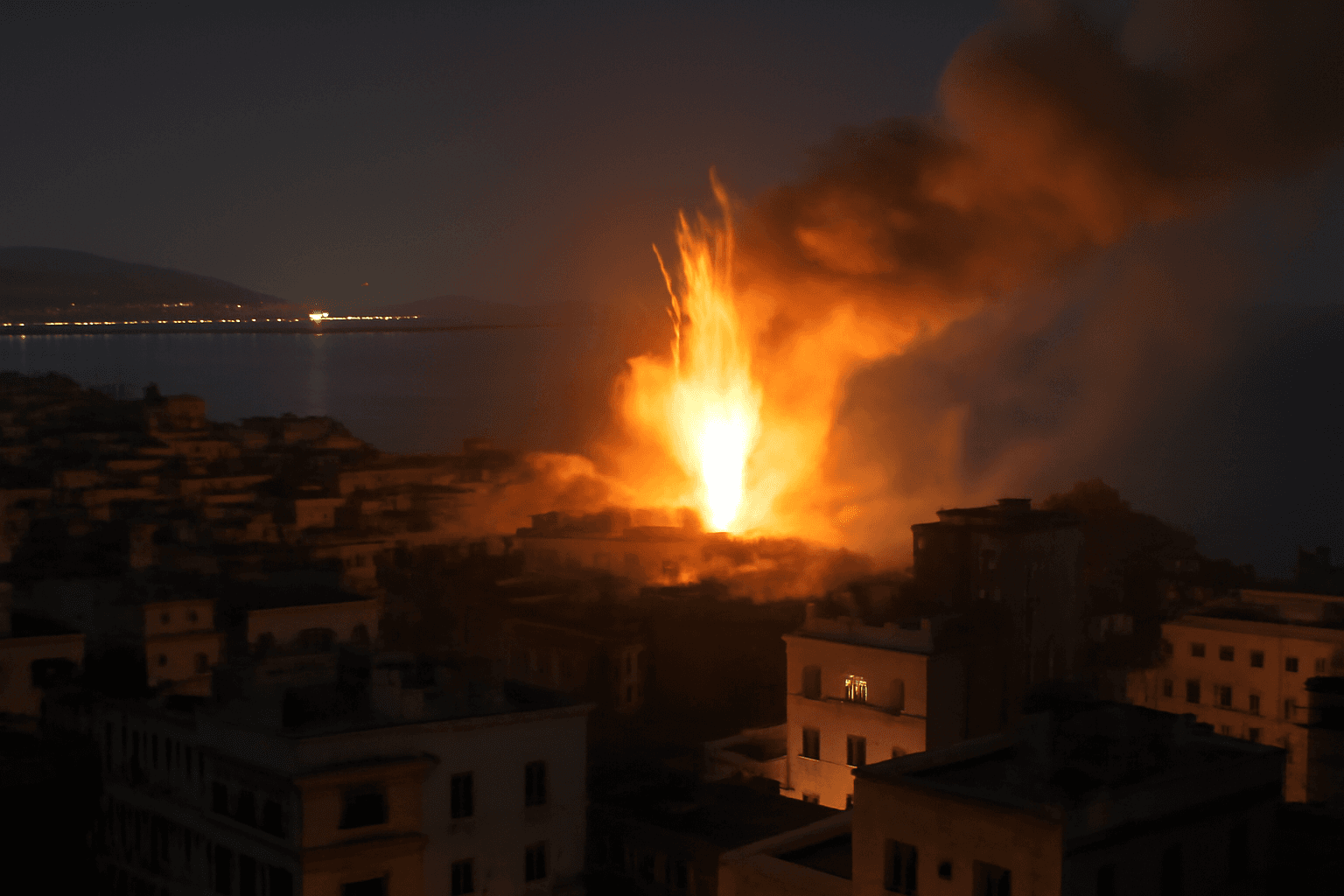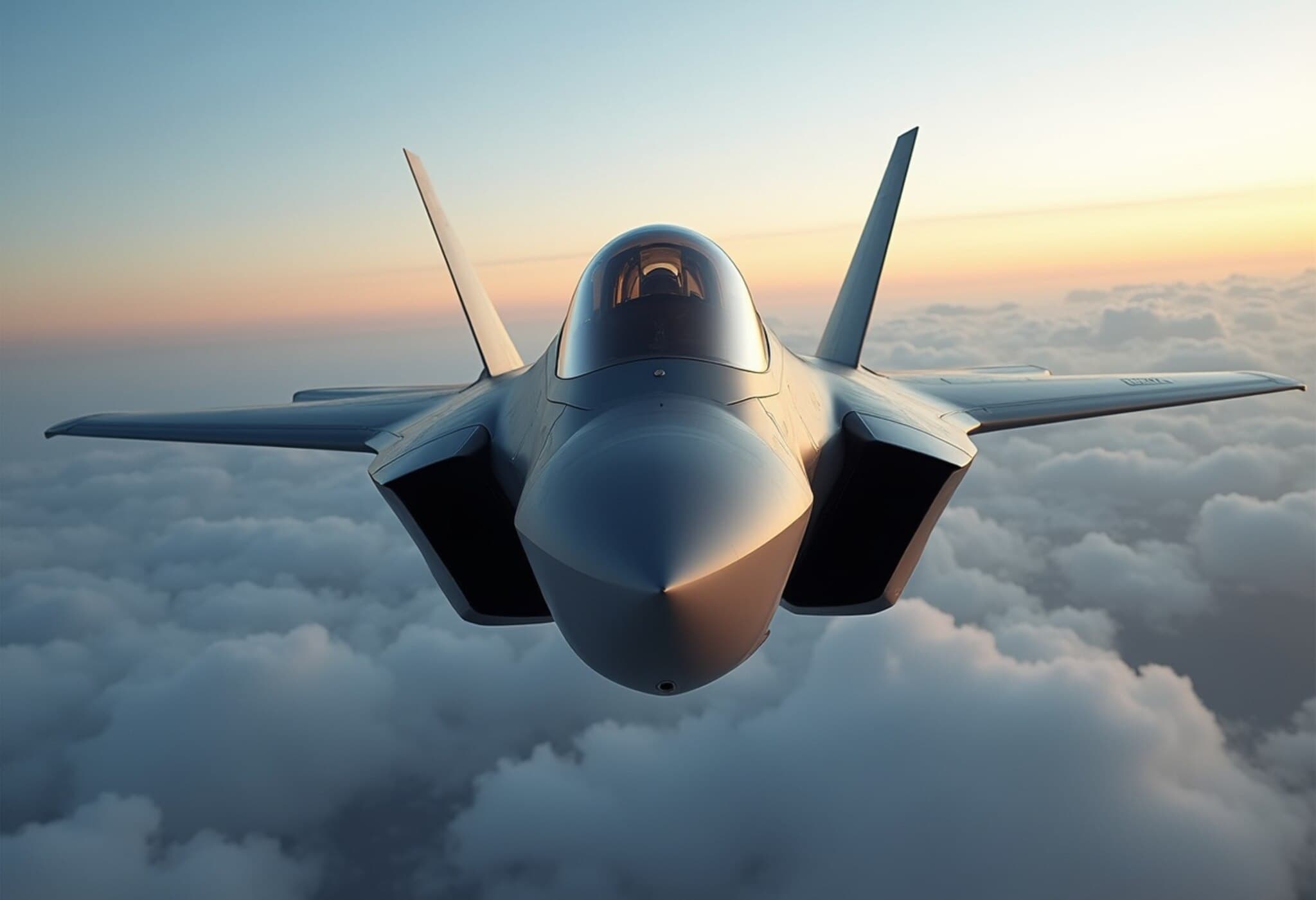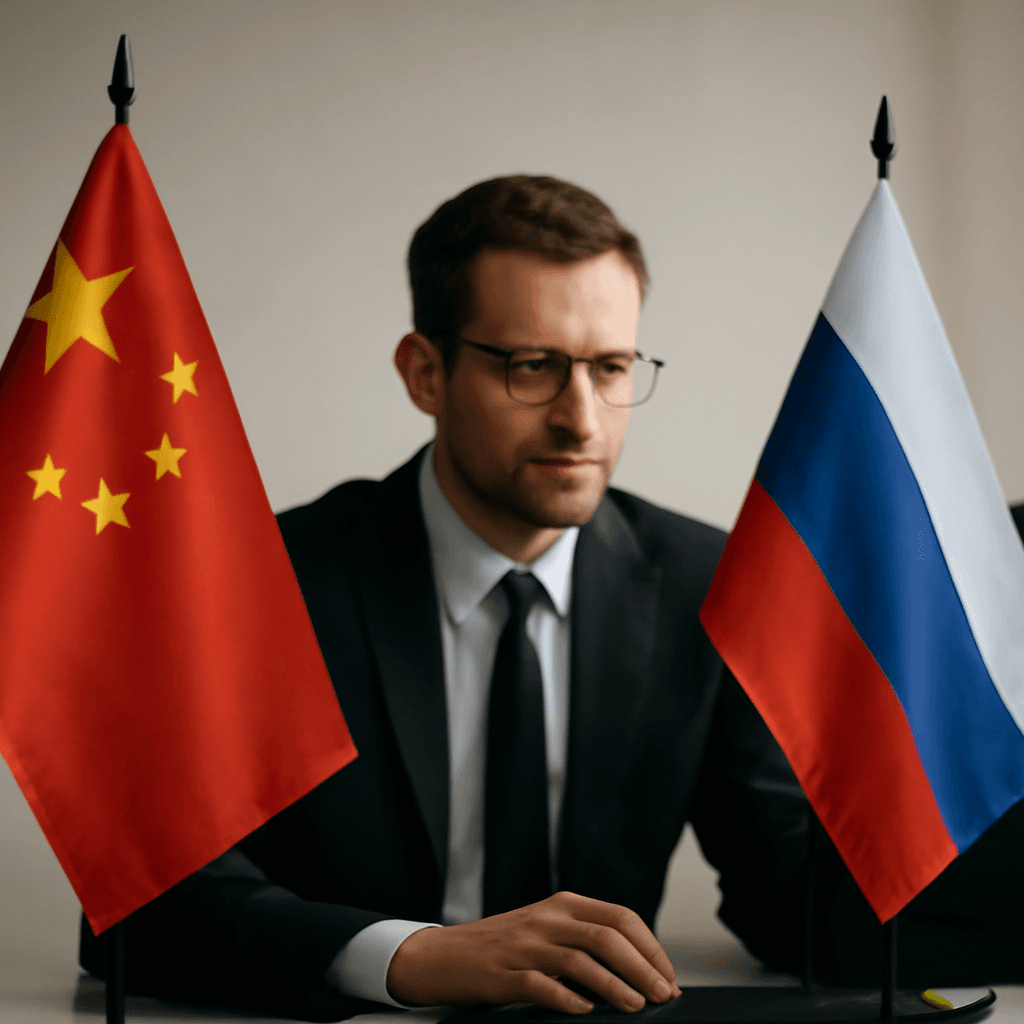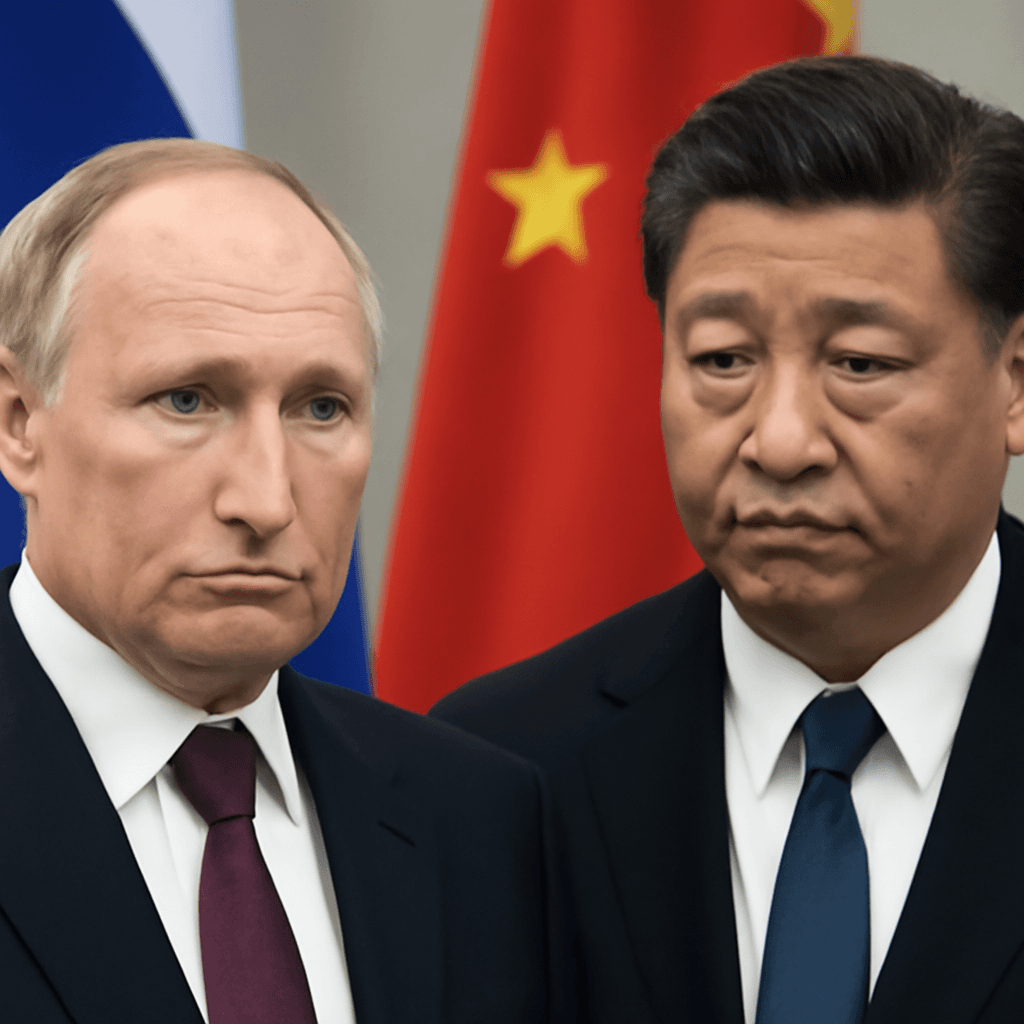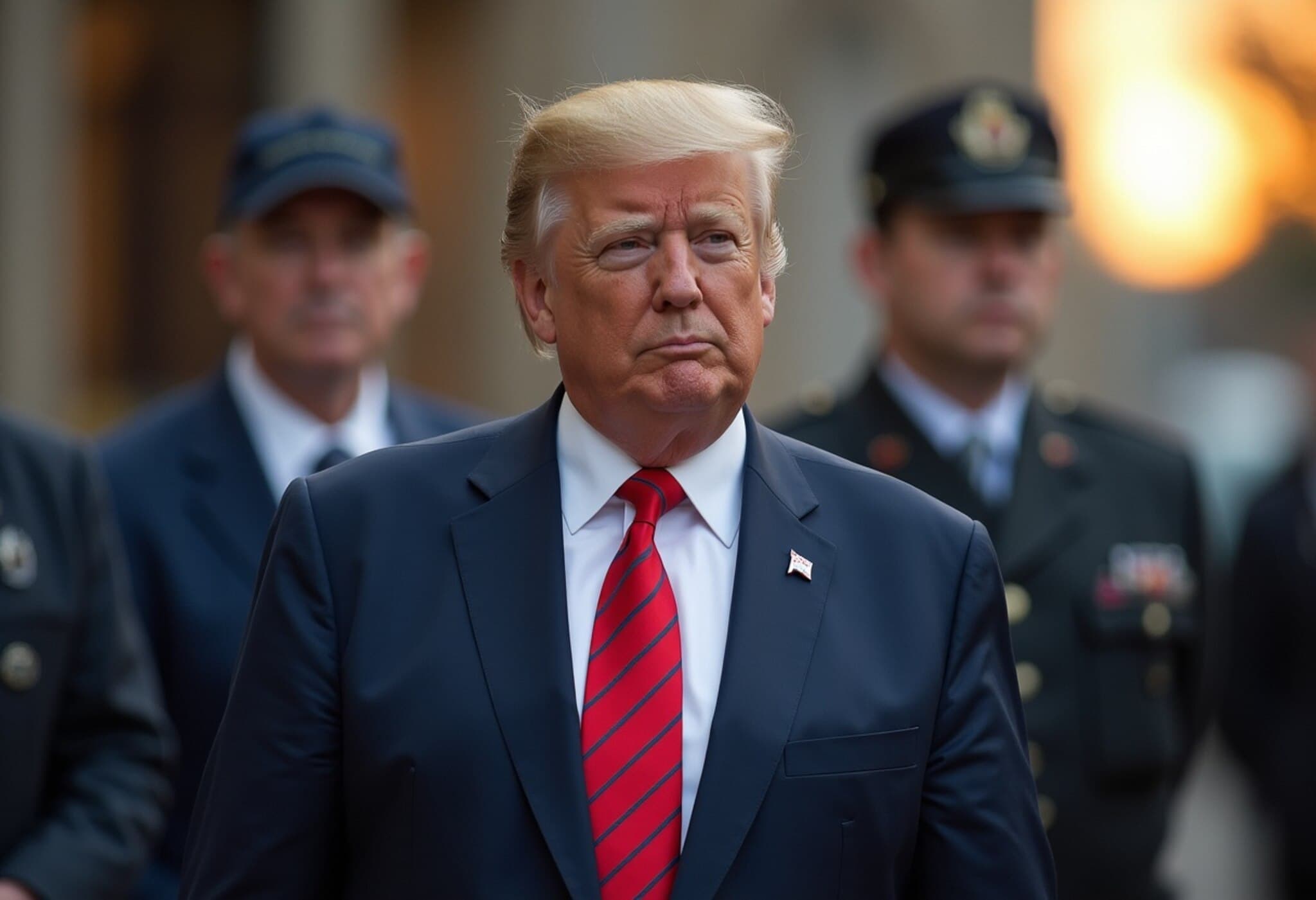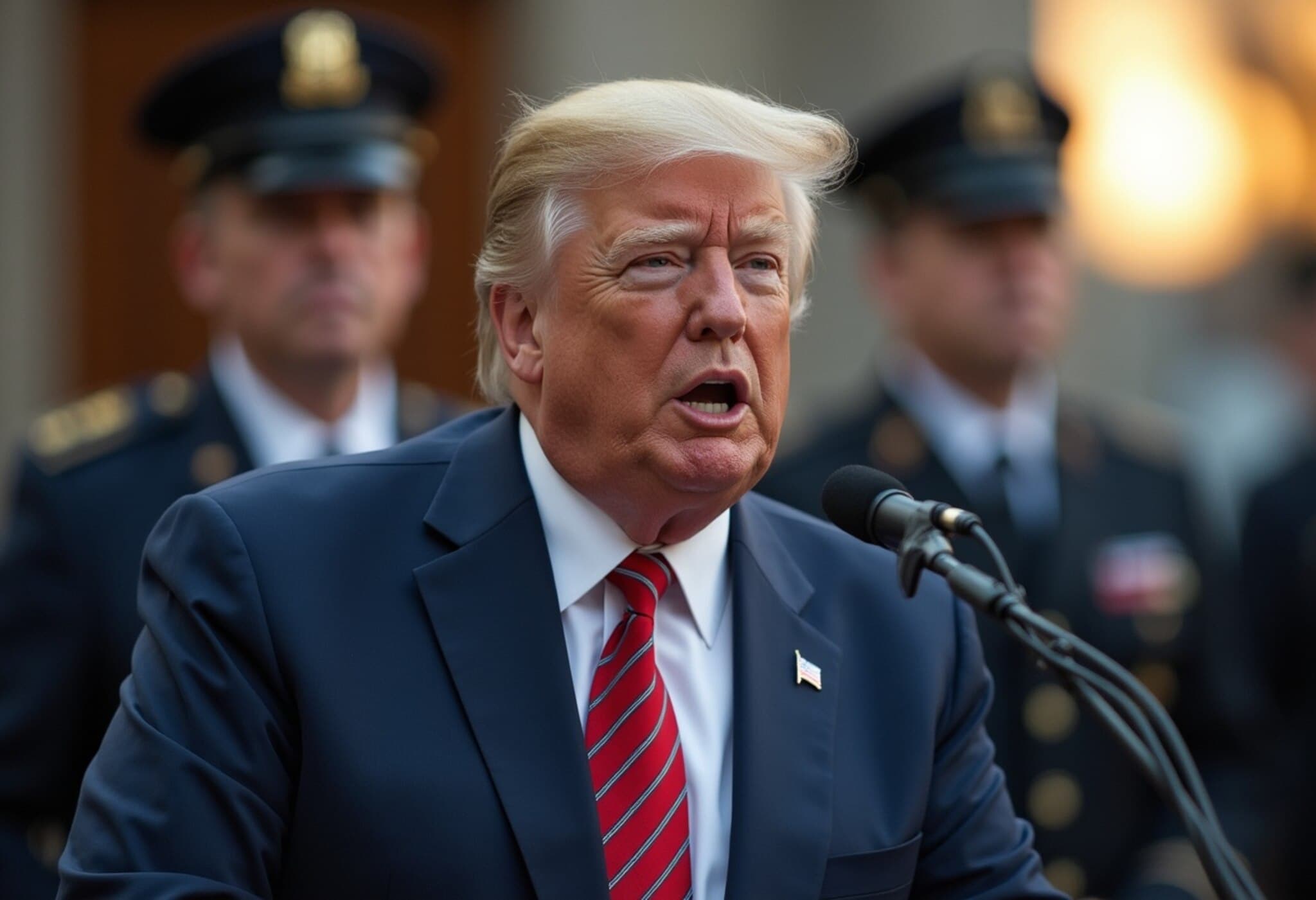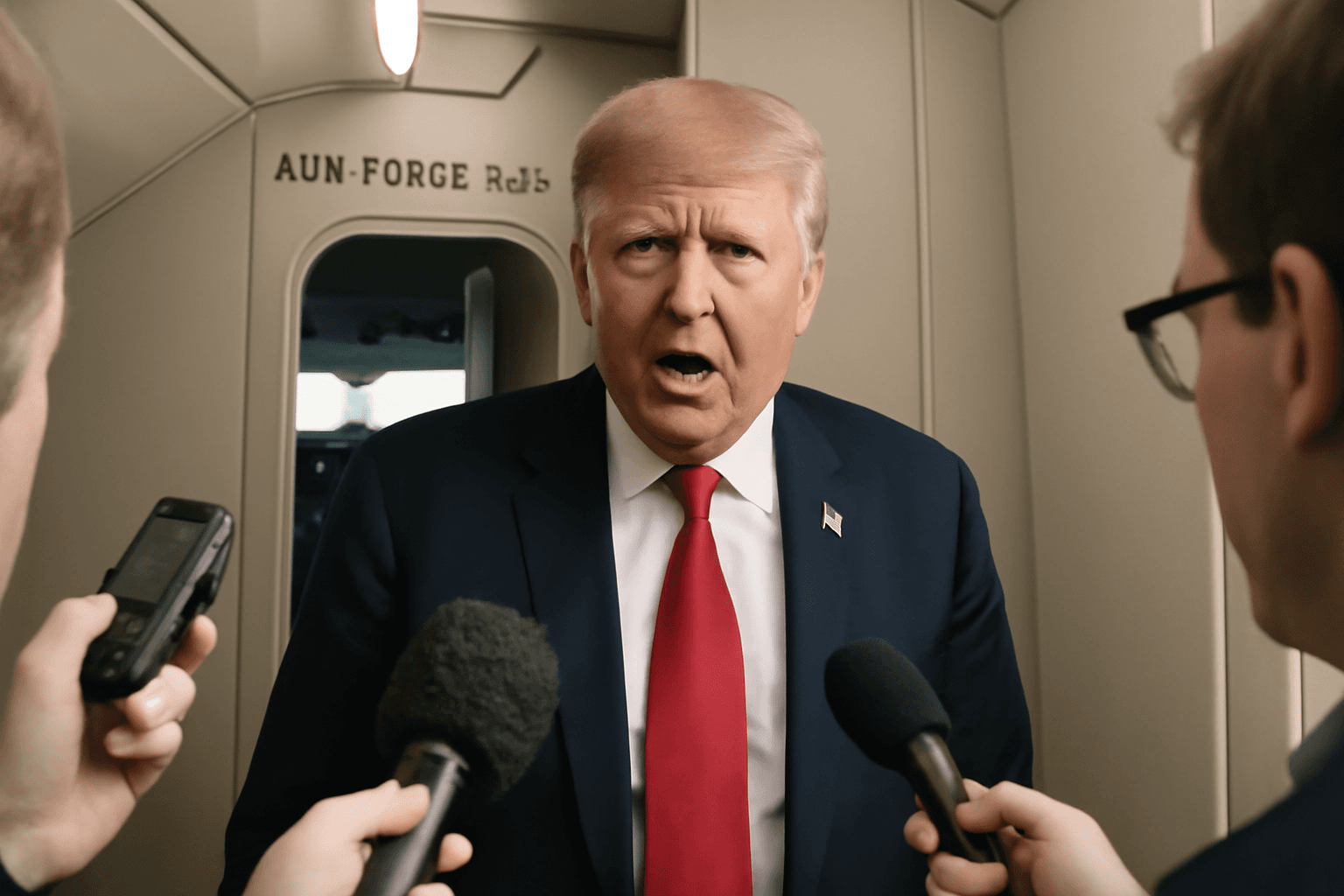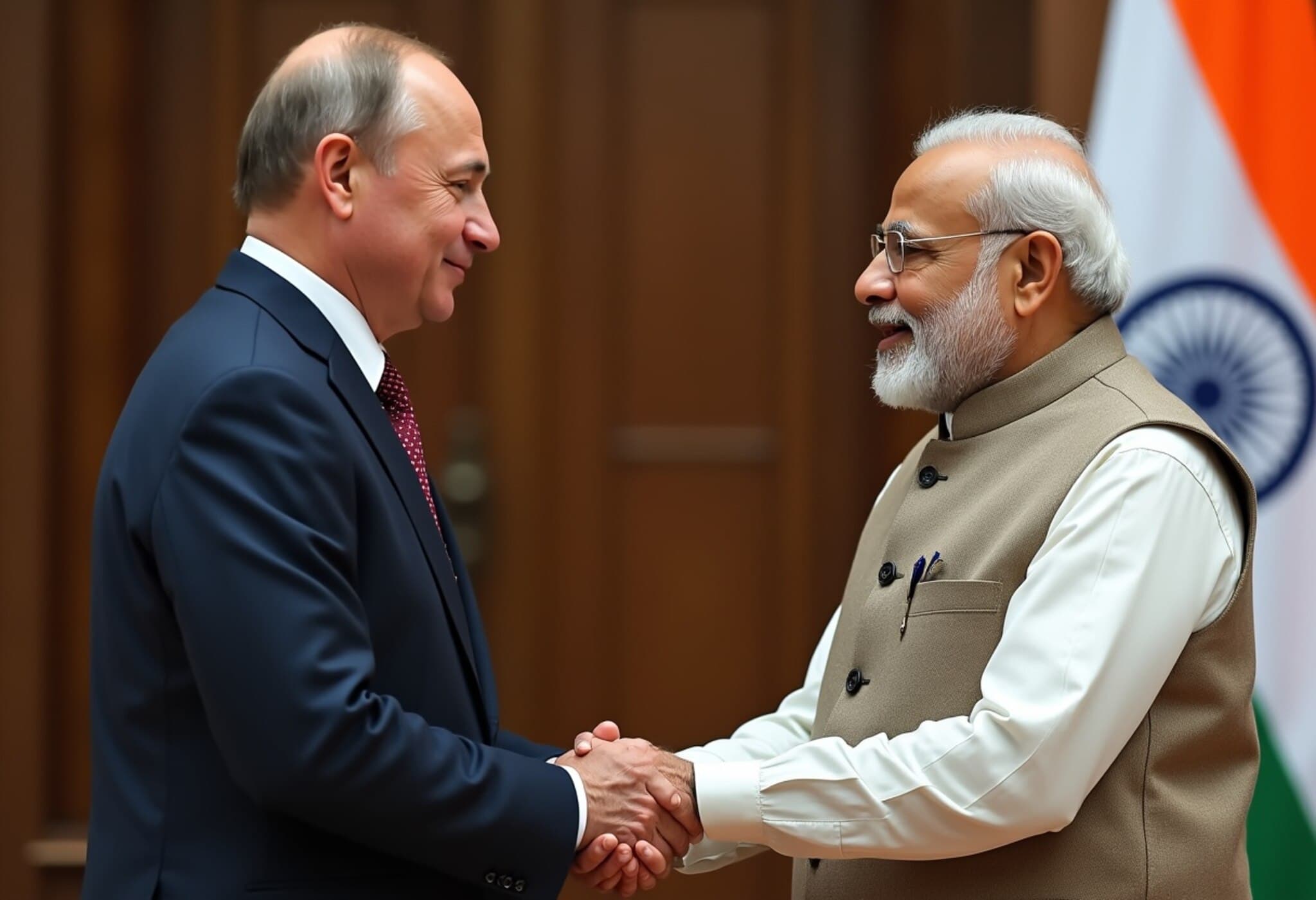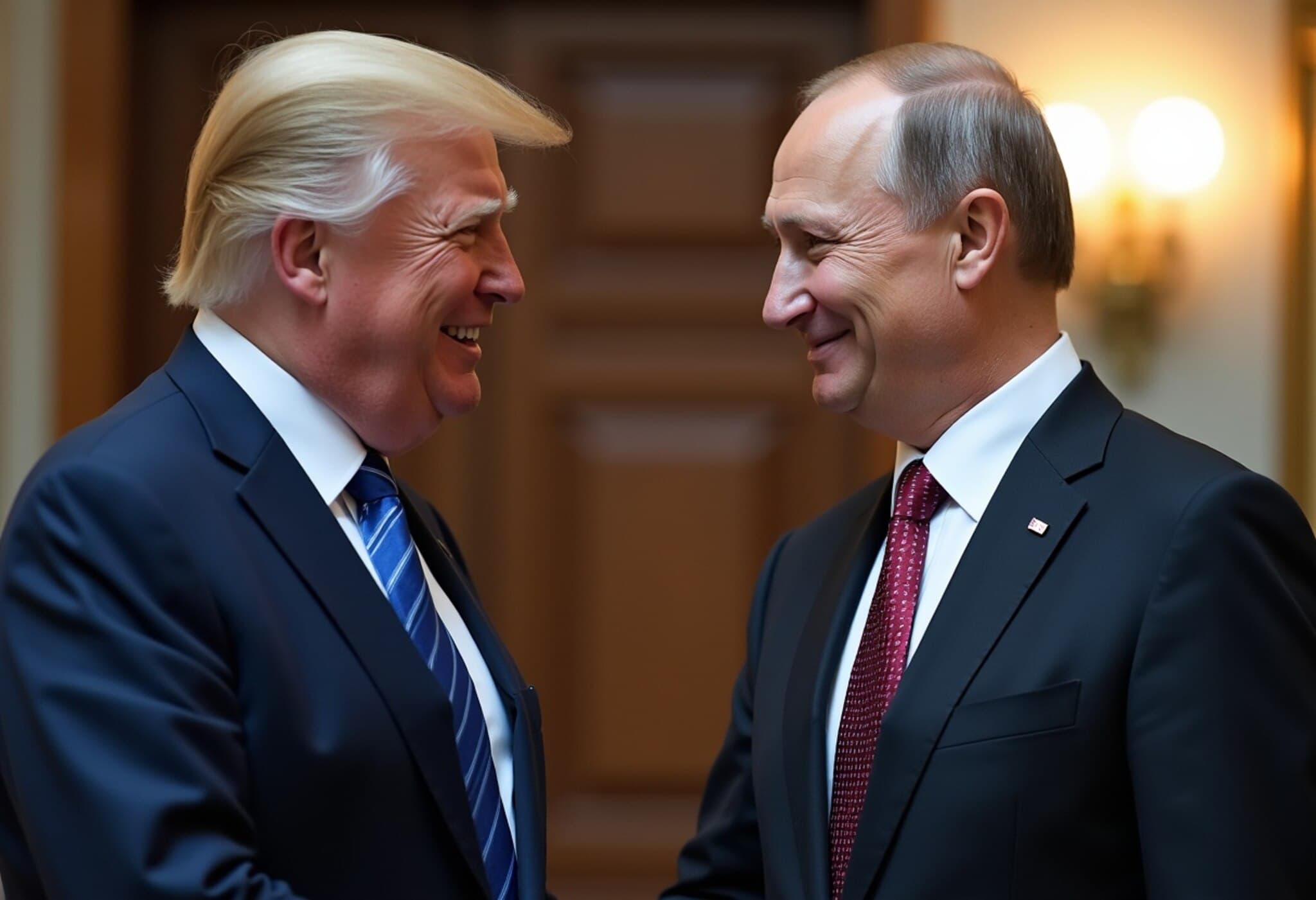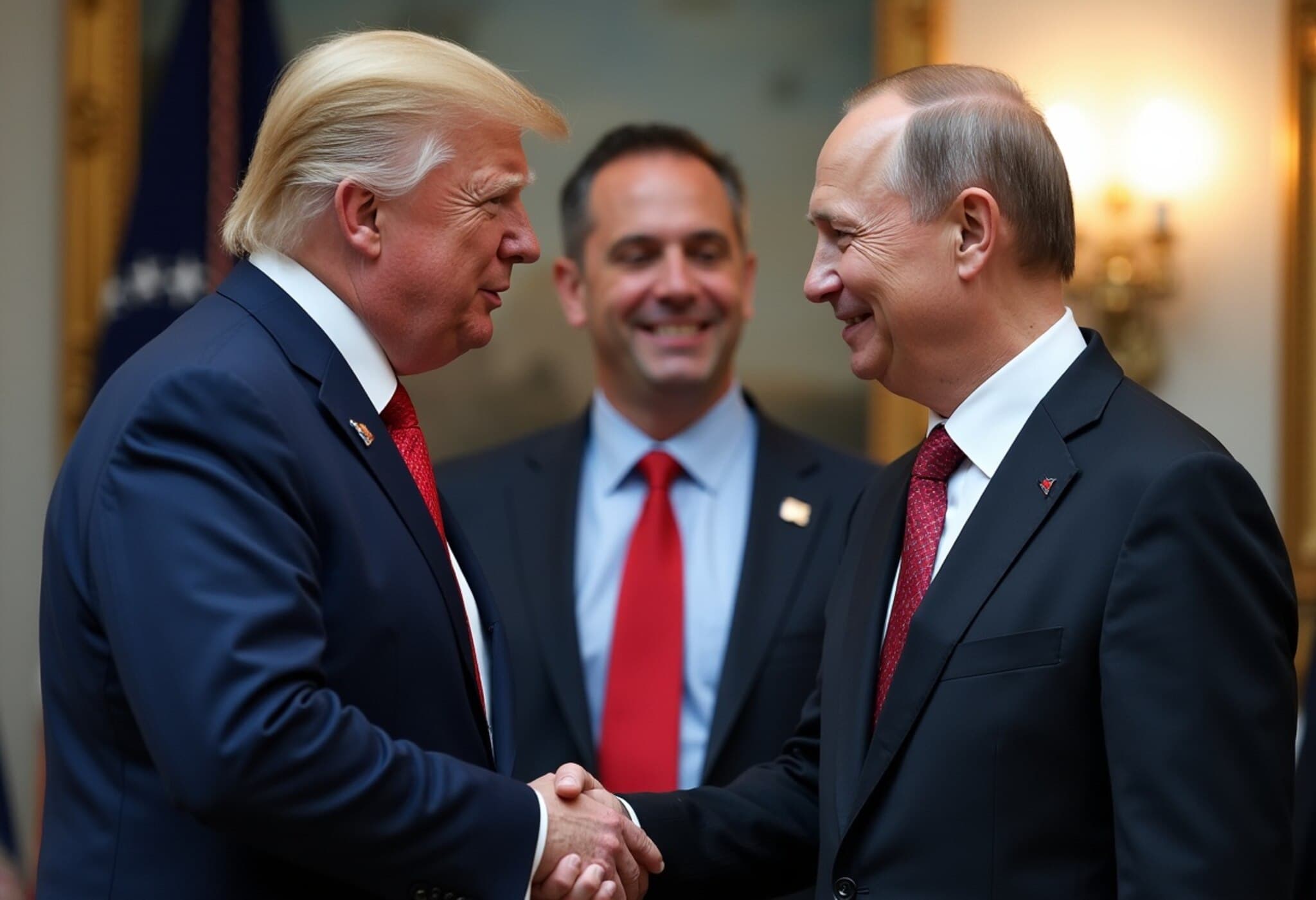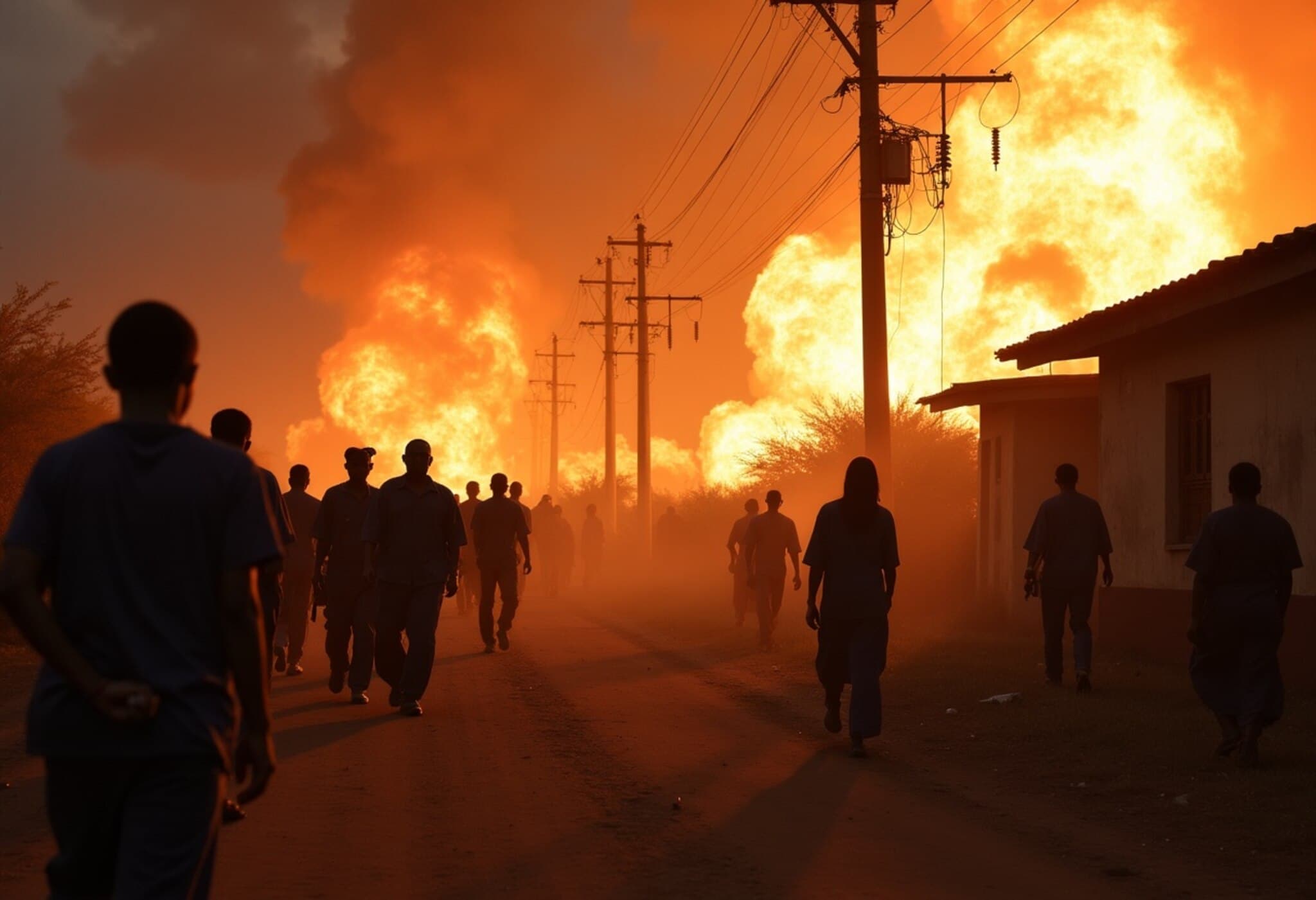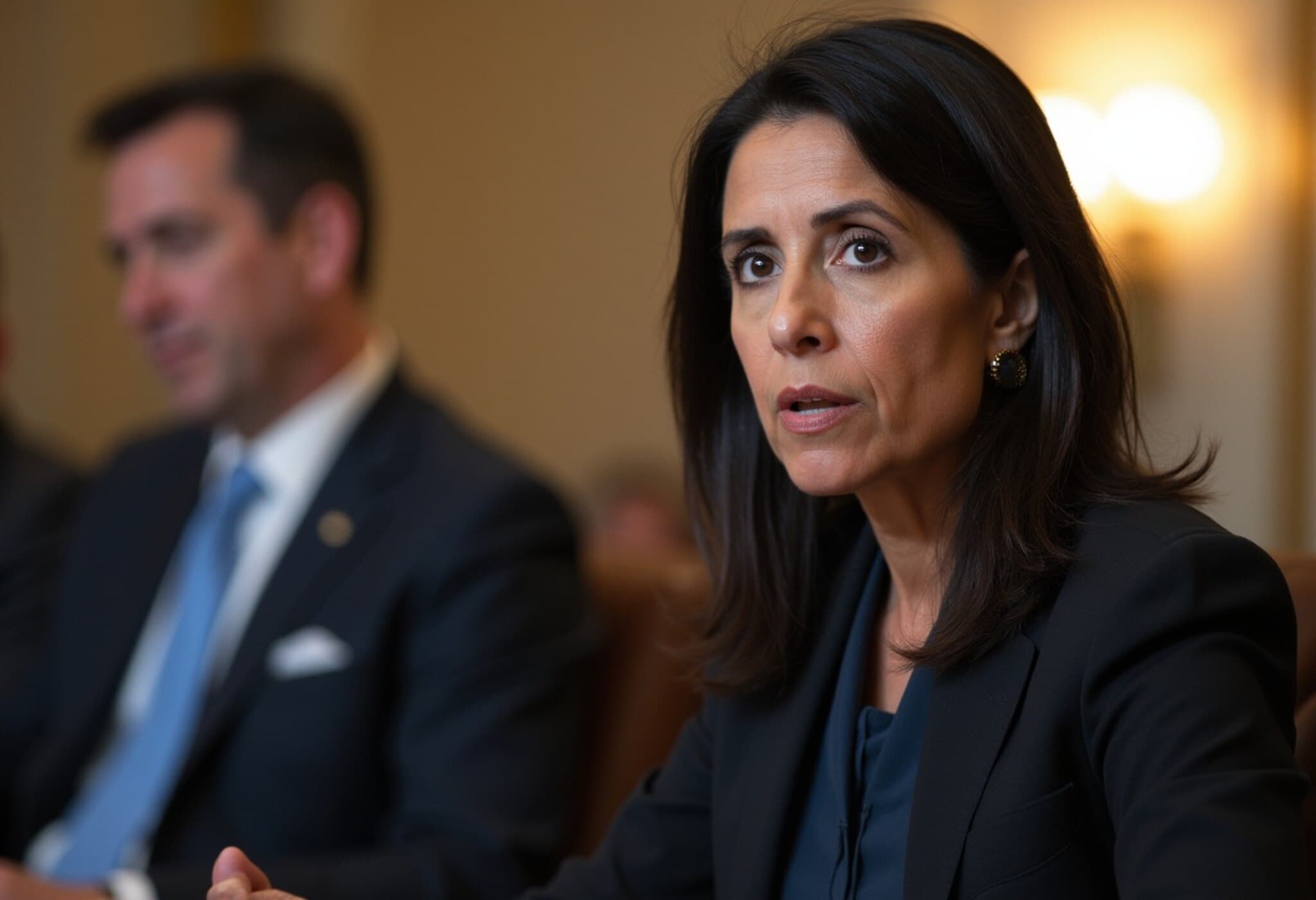Russia to Train Chinese Military Personnel in Advanced Combat Strategies
In a significant move highlighting the growing military cooperation between Russia and China, Russia intends to train at least 600 Chinese soldiers in 2025. This initiative aims to equip Chinese forces with specialized skills and tactics honed by Russia during its ongoing conflict in Ukraine, particularly focusing on countering advanced US and NATO weaponry.
Details of the Training Program
The training will be conducted across Russian Armed Forces bases and military centers. It will emphasize preparing Chinese troops in areas such as air defense, engineering, tank operations, and artillery handling. These domains are critical for countering Western military technology and reflect Russia’s experience in modern warfare.
Strategic Implications Amid Growing Sino-Russian Ties
This collaboration has raised apprehensions among international security experts. The primary concern is that China could potentially apply these combat strategies in a future conflict scenario involving Taiwan. The transfer of Russia’s battlefield expertise to Chinese soldiers indicates an increasingly close strategic partnership between the two nations.
Context: China’s Drone Supply and Military Collaboration
Since the outbreak of the Russia-Ukraine war in early 2022, China's role has been somewhat ambivalent but leaning ideologically closer to Moscow. Notably, China reportedly ceased selling drones to Ukraine and several European countries, while reportedly continuing supplies to Russia. Ukraine initially depended heavily on Chinese drones like the DJI Mavic; however, this supply was eventually restricted.
Ukraine's leadership has highlighted the irony that Chinese-made drones remain accessible to Russian forces, sometimes manufactured on Russian soil with Chinese oversight.
Meanwhile, Ukraine is bolstering its own drone manufacturing capabilities with ambitious targets to produce 300 to 500 units daily, though progress is often hindered by funding challenges.
Ongoing Military Technology Exchanges
Reports have pointed to joint efforts between Chinese and Russian firms developing enhanced attack drones. Alongside these collaborations, China continues to rely on Russian expertise in specific advanced military technologies such as missile systems, submarine capabilities, and electronic warfare platforms.
Conclusion: Neutrality in Name, Alignment in Action
While China has publicly maintained a stance of neutrality regarding the Russia-Ukraine conflict, its military exchanges with Russia and supply choices suggest a nuanced alignment. The upcoming training of Chinese troops by Russia further underlines this strategic partnership and may influence the regional security dynamics in Asia and beyond.

